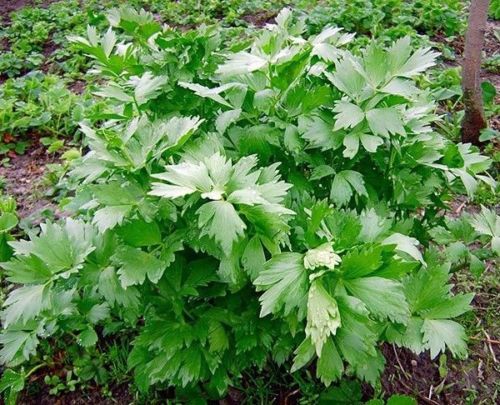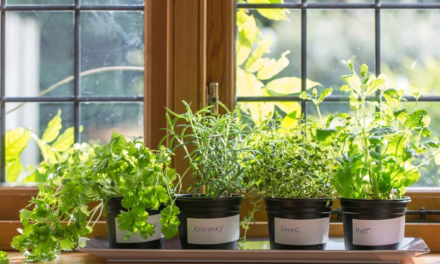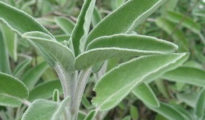Lovage is one of those herbs that is greatly underused and underappreciated, even though it's extremely easy to grow and has many culinary uses! Learn how to grow lovage in your own garden or even indoors with this easy to follow gardening guide! A word of warning though: lovage grows and spreads quickly like weeds, so we recommend growing them separately, away from other herbs and vegetables, in a pot or container.
Use lovage in any recipe that calls for parsley or celery – it makes a truly great substitute!
What's great about this little known herb is that because of its high salt content, it's quite delicious and makes an excellent accompaniment to salads, soups, and pastas. More so, the entire herb is edible from root to stem to leaf! Keep reading to find out how to grow lovage in your own garden!
How to Grow Lovage

Although lovage looks a lot like celery, it is actually part of the carrot family. The plants can grow up to 6 feet tall, and have thick, green foliage.
Planting Lovage:
- Plant seeds in good quality, well draining soil.
- Soil should be sandy and loamy with a pH of 6.5
- Lovage plants are hardy to USDA zone 4.
- Sow indoors 5-6 weeks before the date of the last frost and do so in pots.
- Sow the seeds on the surface of the soil and dust with sand.
- You can also direct sow seeds outdoors once temperatures have risen to at least 60F (16C).
- Place the seedlings in a location with plenty of sun and water immediately after sowing.
- Seedlings will require consistent moisture.
- Once they are several inches tall, transplant each plant to 8 inches apart.
Lovage Harvest:
- Stems should be harvested when young, usually mid to late summer.
- Leaves should be harvest in late summer.
- Roots should be dug out in the fall once leaves and stems are no longer.
Planting Companions:

Lovage makes a great companion for potatoes, carrots, and other root crops.
So now that you know how to grow lovage, it's time to roll up your sleeves and get to planting!
Like this post? Share and Pin 🙂




















